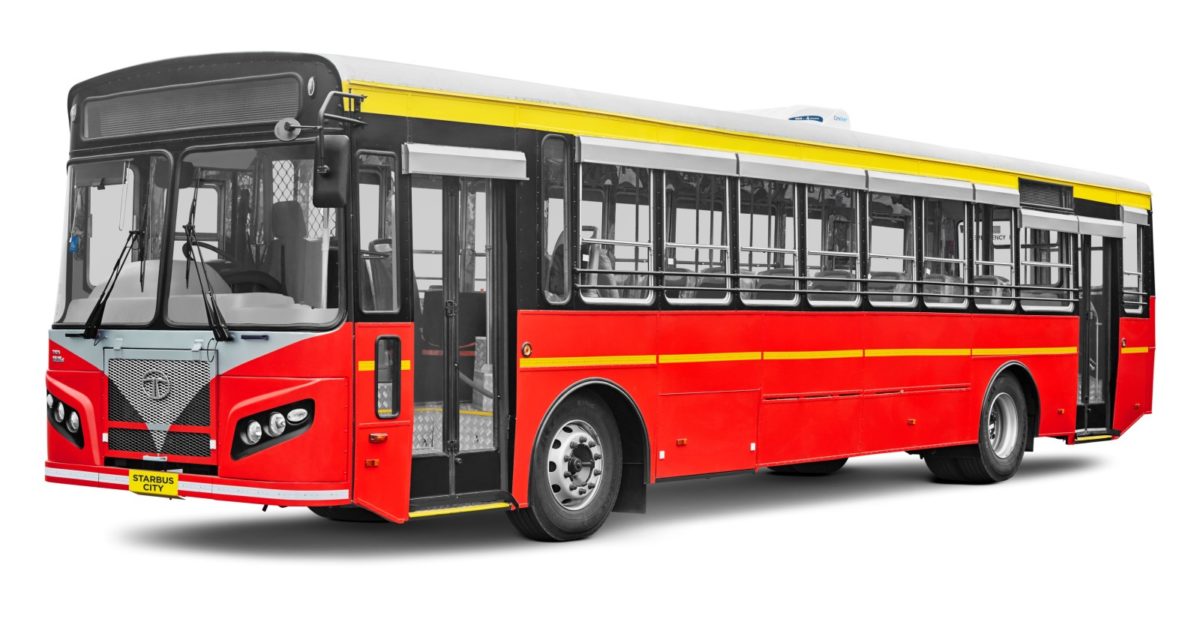With an objective to meet the current and future passenger transportation needs of Smart Cities, Tata Motors has launched the future of mass public transportation. This move is also in line with the company’s commitment towards smart and green technology and mobility solutions. Tata Motors The event was held at the company’s Pune facility where they currently design, develop and manufacture buses. Their other locations include Dharwad, Pantnagar and Lucknow.
At the event, Tata Motors launched the Starbus Electric 9m, the Starbus Electric 12m and the Starbus Hybrid 12m buses. Along with these they also displayed a range of Smart buses for clean & green cities, designed, developed and powered by alternate fuels to meet the passenger transportation needs of smart cities. They have already received an order for 25 Hybrid buses from MMRDA Mumbai.
The company also showcased the India’s first Fuel Cell Bus (12m), LNG Powered bus (12m), and 18m Articulated Bus. As stated by the officials, these are developed indigenously and are safe and comfortable, and economically viable made in India solutions.
Starbus Hybrid Electric Bus
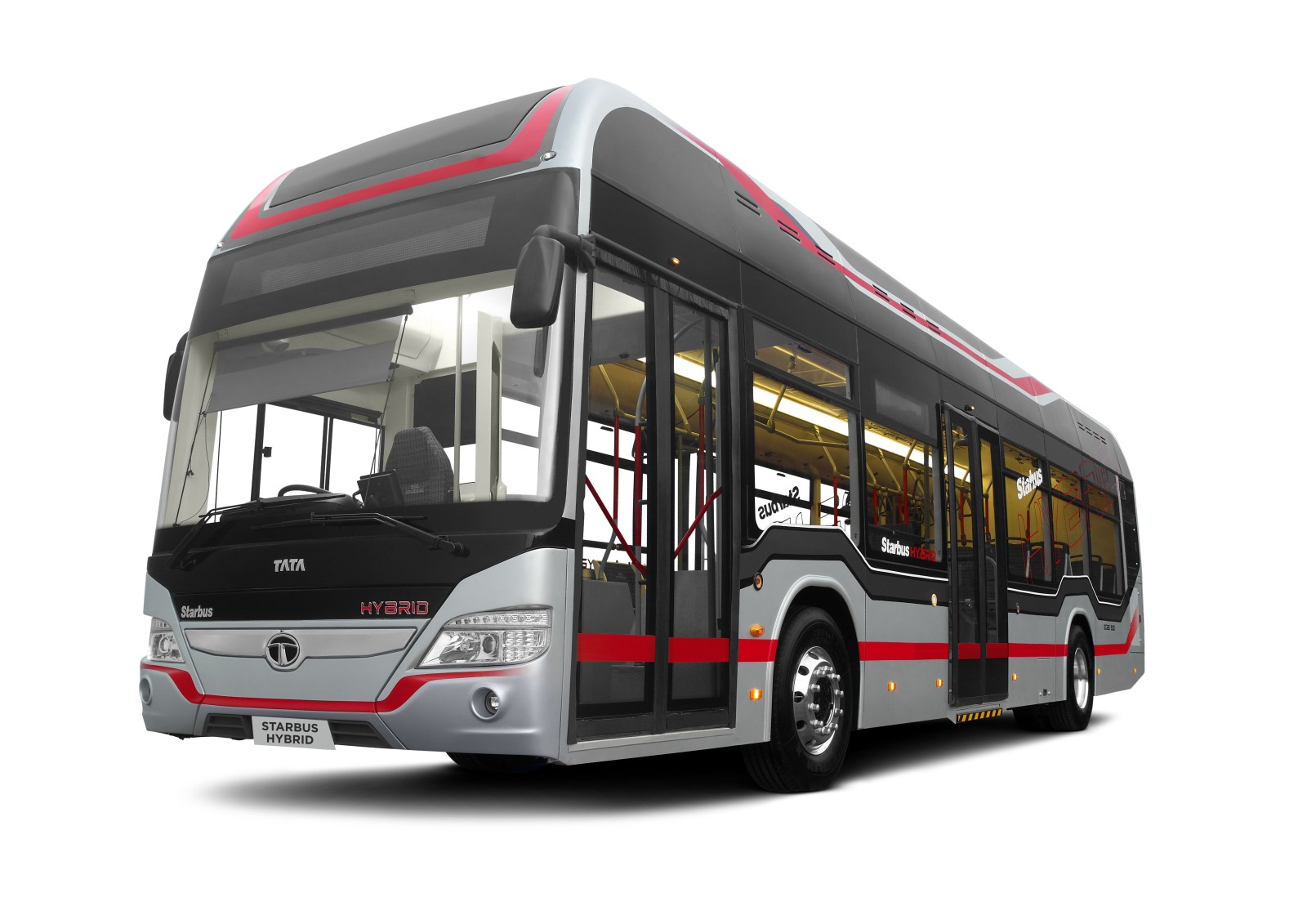
- Tata Starbus Diesel Series Hybrid Electric Bus uses diesel & electric in series hybrid mode, to propel the vehicle that complies with all UBS-II (Urban Bus Specifications), AIS 051 (Automotive Industry Standards) and CMVR (Central Motor Vehicle Rules).
- The vehicle works on an Electric Mode producing Zero emissions, while the diesel model is BS 4 compliant.
- The bus is based on a modular chassis, with electronically controlled air suspension systems (ECAS) at the front & rear, electronically controlled braking systems, and an automatic transmission.
- Use of new generation lithium ion phosphate batteries (Prismatic Cell) that helps the bus to run without external charging infrastructures.
- Integration of onboard charging, with energy storage
- While the batteries are re-charged by running of the Diesel powertrain, the system also regenerates braking energy through advanced electronic braking system.
- In certain driving modes, regenerative braking is used to capture lost energy and charge the battery.
Starbus Fuel-Cell Bus
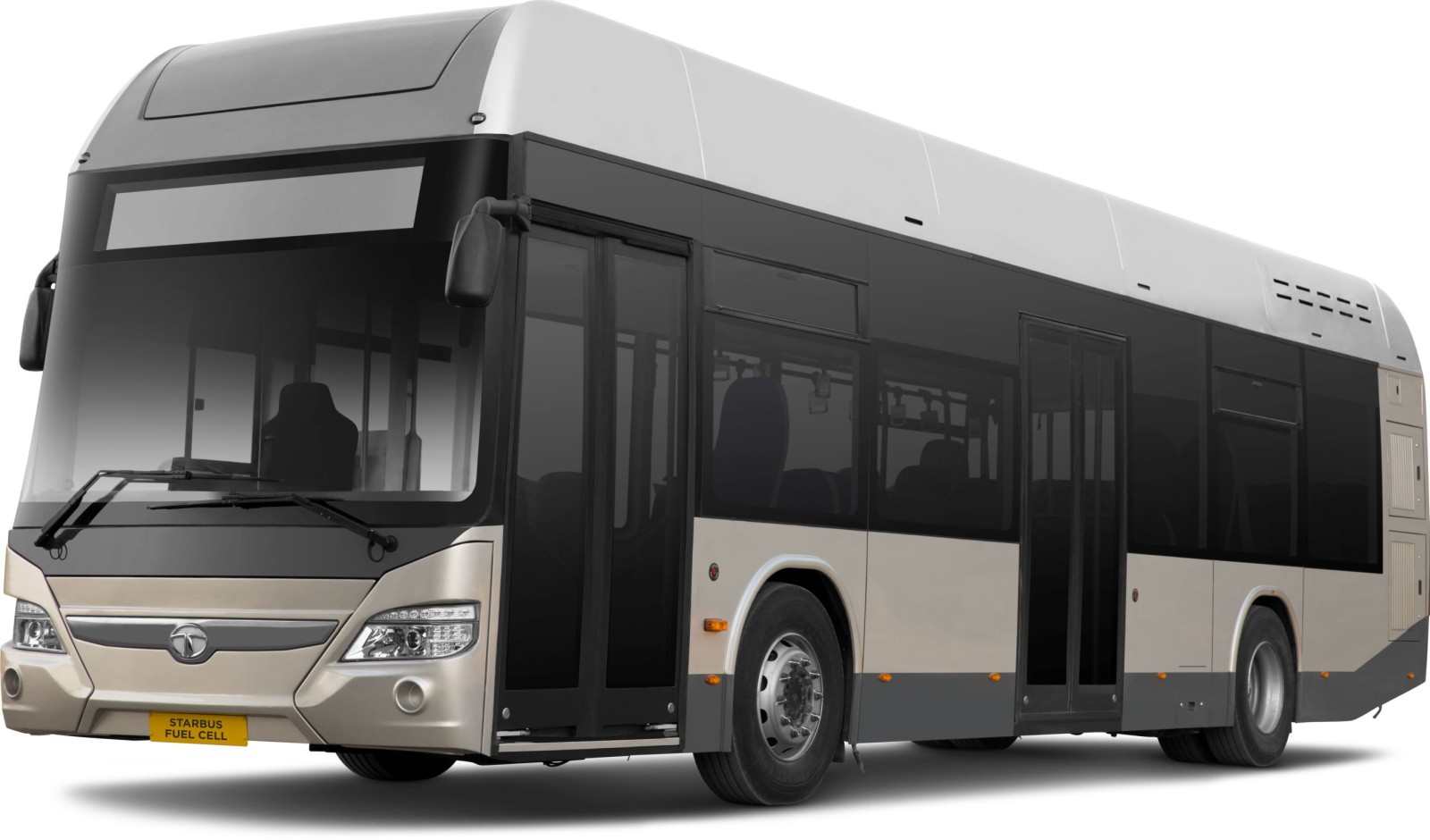
- Compared with battery-electric vehicles, which recharge their batteries by plugging in—the combination of fast, centralized refueling and longer driving ranges make fuel cells particularly appropriate for larger vehicles, with long-distance requirements, or for operations with the lack of a plug- access.
- In the Hydrogen Fuel-Cell bus, hydrogen is stored in a compressed form, combining with oxygen from the air to generate electricity, giving out water vapor as the only emission. This technology makes bus travel completely clean and silent on-road. However, like other electric vehicles (EVs), the Starbus Fuel Cell Bus employs idle-off, which shuts down the fuel cell at stop signs or in traffic.
Ultra Electric Bus
- The Ultra Electric bus is available in two variants – 9m and 12m with Semi-Low Floor (SLF) of 650mm. Built on the popular Ultra platform, the Ultra Electric Bus is based on the convenience of urban commuters.
- Get a wide passageway for free movement, wider window panes for better visibility along with Semi-low Floor (SLF) of 650mm.
- These buses are fitted with CCTV cameras and Intelligence Transport Systems (ITS) for public information, through GPS via electronic destination display boards, indicating expected time of arrival at bus stops and route announcements within the bus.
- These buses also enhance operational efficiency for State Transport Units (STU’s), with new generation Telematics for efficient and user-friendly vehicle maintenance and tracking. Through this feature, operators can also moderate and redesign the frequency of buses on every route.
Starbus Lng Bus (12m)
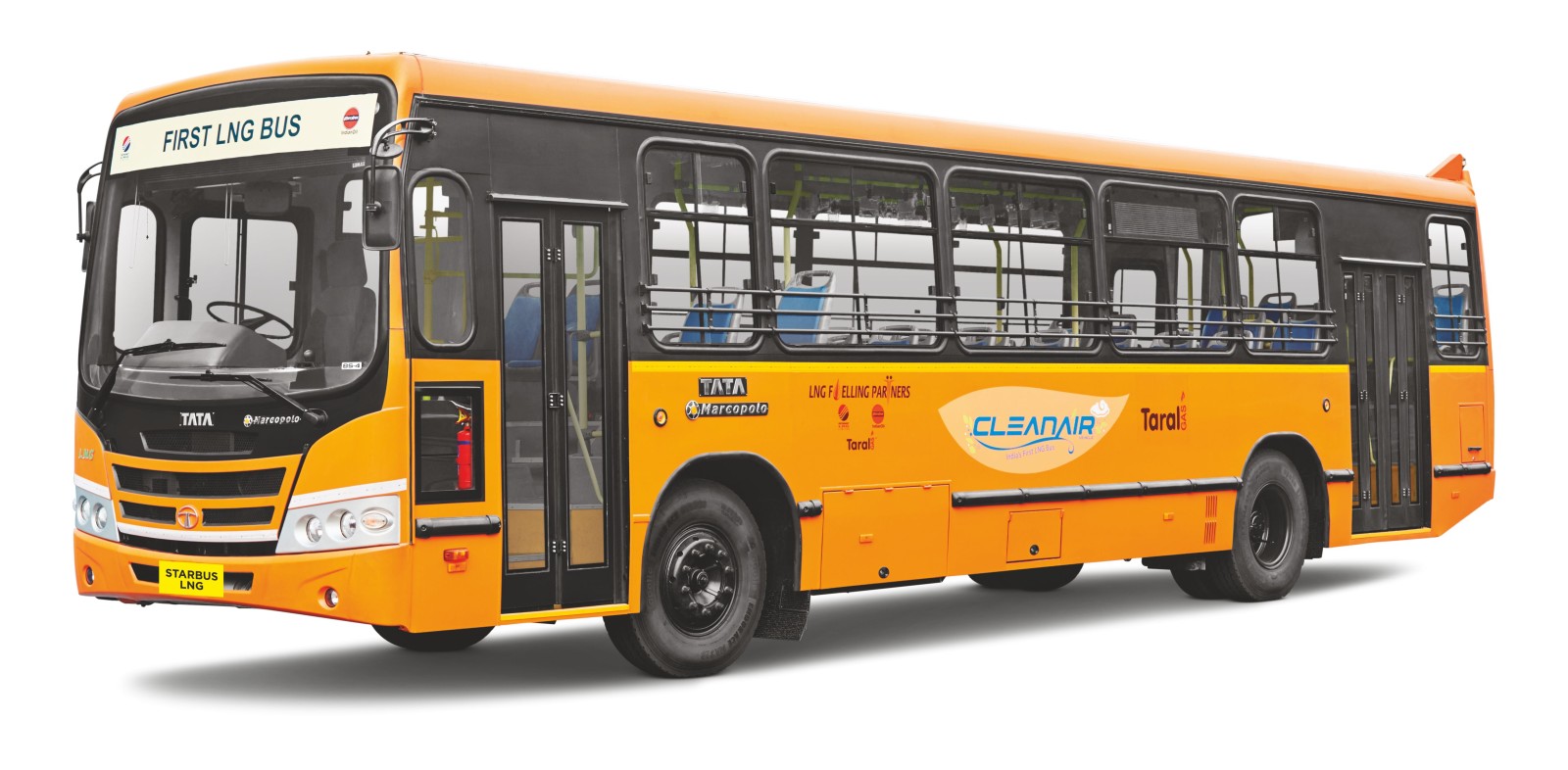
- Tata Motors showcased the country’s first LNG bus, as an alternative to diesel and CNG power, providing benefits of lower carbon emissions and better fuel economy at the same time lowering operating costs, also significantly lowering emissions.
- Lighter in weight compared to buses powered by conventional fuels, Tata Motors’ LNG bus has enhanced levels of payload.
- Better fuel efficiency due to high energy density of LNG, providing for a longer range at more than 700km in one filling. LPG powered vehicles also ensure better Noise Vibration Harshness (NVH) characteristics for passenger comfort.
Articulated Bus (18M)
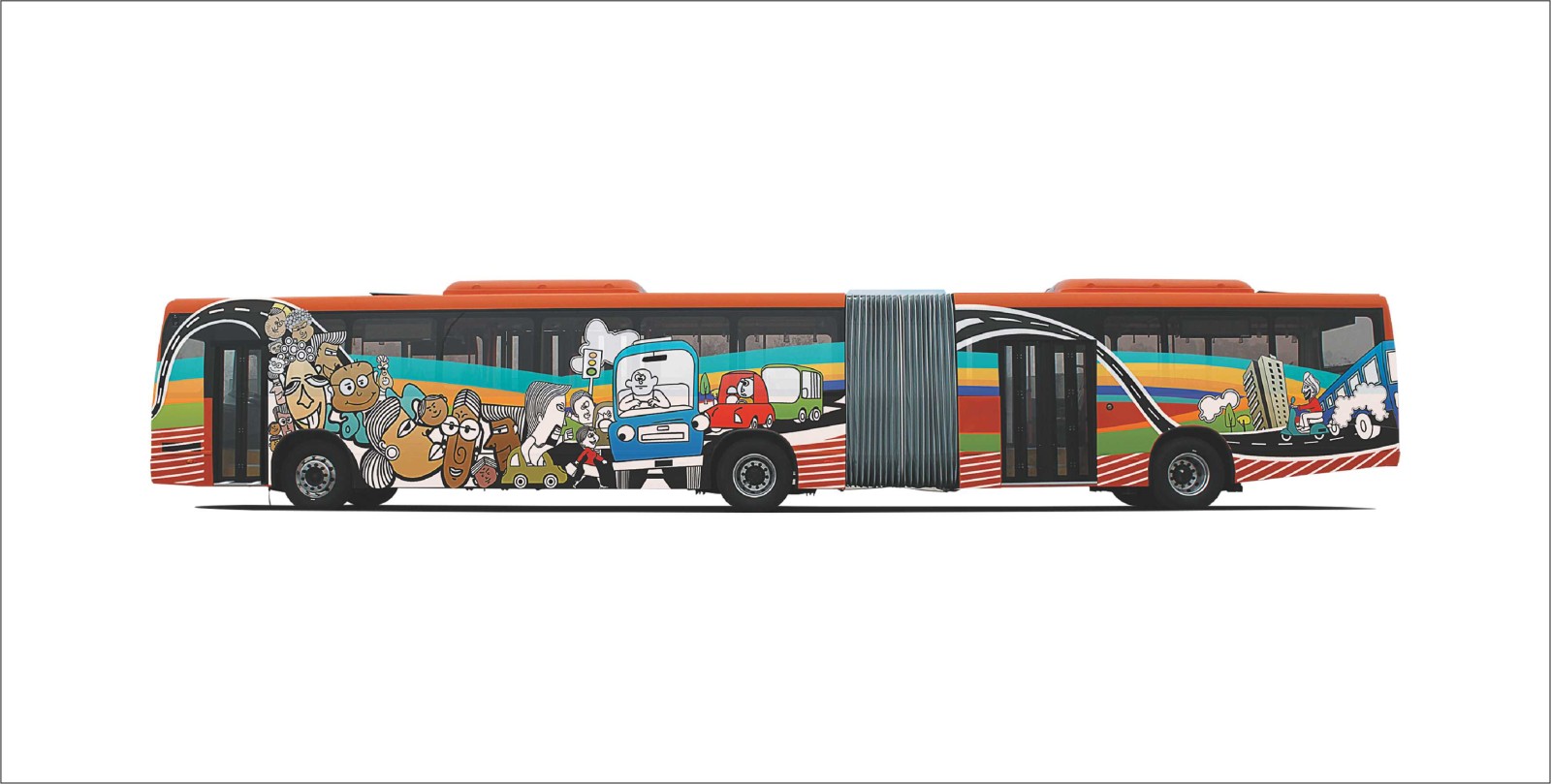
- Designed to carry more passengers (120+ versus 50-80), owing to its body design. This can in turn scale up pphpd (passengers per hour per direction) without increased investments in infrastructure.
- The main benefits of an articulated bus over the standard bus are rapid simultaneous boarding and disembarkation through more and larger doors, much larger passenger capacity more efficient, less staff per bus hence higher revenue per bus.
- Wider doors provide ease of access for differently-abled passengers and the elderly.
Present at the launch, Ravindra Pisharody, Executive Director – Commercial Vehicles, Tata Motors expressed that the company is delighted to launch the new hybrid and electric buses. Their aim is to not only to comply with emerging regulations of clean and green emission but also be ahead of the requirements. Tata Motors has consistently been developing and manufacturing products that can contribute to CO2 reductions across all road transport segments and with early investments in new technologies. He further added that they are geared up to further strengthen their market leadership. With the new range of Future ready buses, they will continue to play an active role in mass public transportation, with a commitment towards striking the right balance between sustainable growth and profitability. Tata Motors will work closely with government and regulatory authorities to intensify its efforts at tackling pollution, focusing on building alternative transport fuels and infrastructure, for smart cities of tomorrow.

